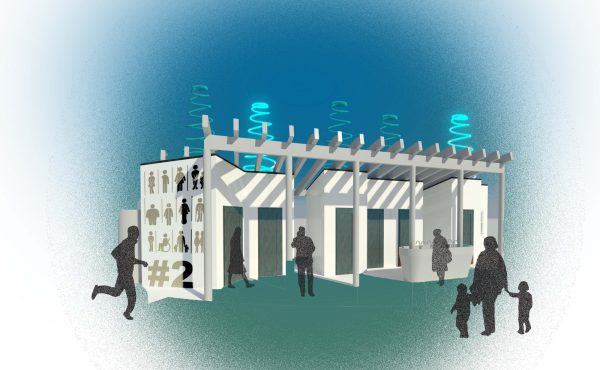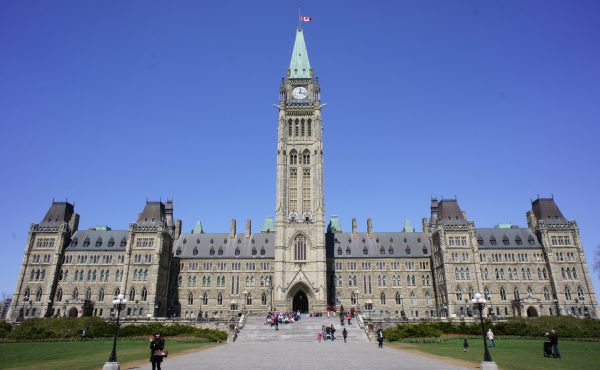

During Rob Ford’s session with the Globe and Mail’s editorial board last week, I asked him when he’d hold a vote on reducing the size of council from 44 to 22 if elected mayor. In a revealing response, Ford said he wouldn’t put the question until the third year of his term, so as to prevent “in-fighting” among the councillors.
Wishful thinking, that.
In his third year, Ford may well be in a position to ask a possible premier Tim Hudak for help in delivering this platform promise (although provincial legislation doesn’t require intervention). He’ll need all the support he can get: with that downsizing looming on the electoral horizon, you’ve got to think that Mayor Ford’s council will be a rat’s nest of betrayal, suspicion and stealth attacks as councillors who share federal/provincial ridings jockey for position in 2014.
None of the intramural bickering should come as a surprise to Ford, who admits to routinely interfering in other councillors’ ward business. Sure, he couches those interventions as disinterested attempts to help citizens thwarted by an implacable municipal administration. But the telling detail is that Ford carefully filed away all their names and numbers, as his campaign manager revealed during the ed-board session. After all, that kind of IOU list is money in the bank for someone whose political ambitions extend beyond the apparently graffiti-free world of Ward 2.
From a governance perspective, Ford won’t have trouble whipping his vote; the mayor has enough patronage bootie to keep the troops happy. The issue is that for the duration of the first term, he’ll have institutionalized a kind of internecine warfare that will wreak havoc with the way councillors approach ward matters.
The inverse of Fordist governance, however, isn’t the status quo, although it’s tempting to defend council’s current M.O. in the face of Ford’s muddle-headed ideas about jettisoning politicians and their rented chicken suits.
With the city’s official plan up for its statutory five-year review, few Torontonians are satisfied with the way the city does planning. There are lots of reasons, but poor governance is certainly one of the biggies. Council’s mandated public consultation process is reactive, confrontational and profoundly inconvenient. The community councils don’t turn anyone’s gears. And instead of community planning, the exercise is almost always about individual applications.
At a lecture at the Jane Jacobs Prize awards a few weeks back, former chief planner Paul Bedford argued that the looming regime change down at City Hall presents an opportunity to launch a more constructive governance debate; he’s right, as Bedford often is, but I’m not holding my breath.
His excellent proposal [PDF], which is well worth reading, is that Toronto should import New York City’s “community boards” model – a network of 59 advisory councils comprised of non-elected representatives from a wide range of stakeholder groups. Each board covers an area of about 140,000 residents and plays a crucial brokering role in vetting development applications and broader planning policies.
These councils, in effect, sit between the city’s planning bureaucracy and the political level, and their stamp of approval carries a great deal of weight at council.
Bedford argues that the City of Toronto establish 11 to 22 “neighbourhood advisory councils,” modeled on New York’s community boards, whose function would include:
• Enabling proactive, rather than NIMBYist, discussion about local planning matters;
• serving as the first “point of contact” for development applications;
• encouraging citizen and non-citizen participation in local government.
The genius in this model, which is a firmly entrenched feature of New York’s municipal machinery, is that provides a way for local interests and residents to engage in forward-looking discussions about planning in ways that aren’t (i) explicitly political (i.e., council sessions) or (ii) explicitly statutory (i.e., the public consultation sessions provided for in environmental assessments or secondary plan studies). They city-dwellers a chance to talk about the communities they want.
The question is, how to get the ball rolling?
Absent a constructive debate about governance reform, there’s no reason why stakeholder groups in a particular part of the city – e.g., the downtown core — shouldn’t invoke the lofty ideal of self-governance and take it upon themselves to set up such a neighbourhood advisory council. Build the network, name delegates, hang out a shingle, and see if city council and/or the development industry pay attention.
There’s precedent if we care to see it: broad coalitions of residents groups formed in the 1970s and then again the late 1990s to confront problematic redevelopment plans. And the late David Pecaut’s vision of the Toronto City Summit Alliance, launched in 2002, has a similar sort of DNA, except on a city-wide level. Why not replicate his model at a more local scale? I can’t think of a reason.
The point is that Torontonians are not apathetic about their city, but they are justifiably disillusioned with the state of the city’s public engagement architecture. If there’s going to be effective change, however, the impetus must come from below, if only as a salve to the poisonous sort of governance Ford plans to inflict on Toronto’s body politic.




6 comments
If City Council doesn’t trust their own number at community councils to make decisions (and given some CCs record at things like sign variances they haven’t been worthy of trust sometimes) then what is the likelihood they would devolve power to people who (in their mind) might be looking to take their job next time up?
As to the topic of an improved environment for planning. I agree with many of the ideas shared. What is missing is an economic perspective. Planning should not take place in absence of it.
PS since Matthew is going to be participating in the debate tomorrow, it would be an opportune time for him to speak to Dr. Slack about the ramifications of Toronto’s current tax policies. Especially the long term consequences of cannibalizing the revenue surplus producing commercial assessment base for the benefit of residential development. To quote Peter Tomlinson
“To the degree that new residential development is causing a fiscal operating loss for the City (i.e. tax revenue brought in by new development is less than added operating costs needed to service that development), a higher residential tax rate would reduce (or eliminate) this loss. The higher tax rate would increase the tax revenue that new development brings in. The higher tax rate might also slow the pace of residential development to some degree. If new development continues to produce an operating loss even at the higher tax rate, a reduced pace of residential development is fiscally beneficial”
From what I’ve read, L.A. uses a similar “community council” model.
The current community council model used in Toronto is just a mini council with no real community representation. Its a joke.
The problem with the community councils is that they are too big to call Community. Bedford’s proposal would create councils that would conform to collections of similar smaller communities. Remember that Etobicoke Council goes almost to Christie right now. I can’t imagine the huge differences between Etobicoke and St Clair leading to any form of harmony.
Rob Ford loves the idea of letting the public have its say, but he seems deaf to the concept that “the public” might not agree with him. Moreover, it is unclear just which “public” takes precedence when an issue divides neighbourhoods from the larger city, one side of the street from another, or businessmen/developers from residents.
The New York model appears to make the local councils big enough to get a mix of representation and avoid highjacking by one-issue groups, but small enough that decisions about the Beach are not made by people from Rexdale.